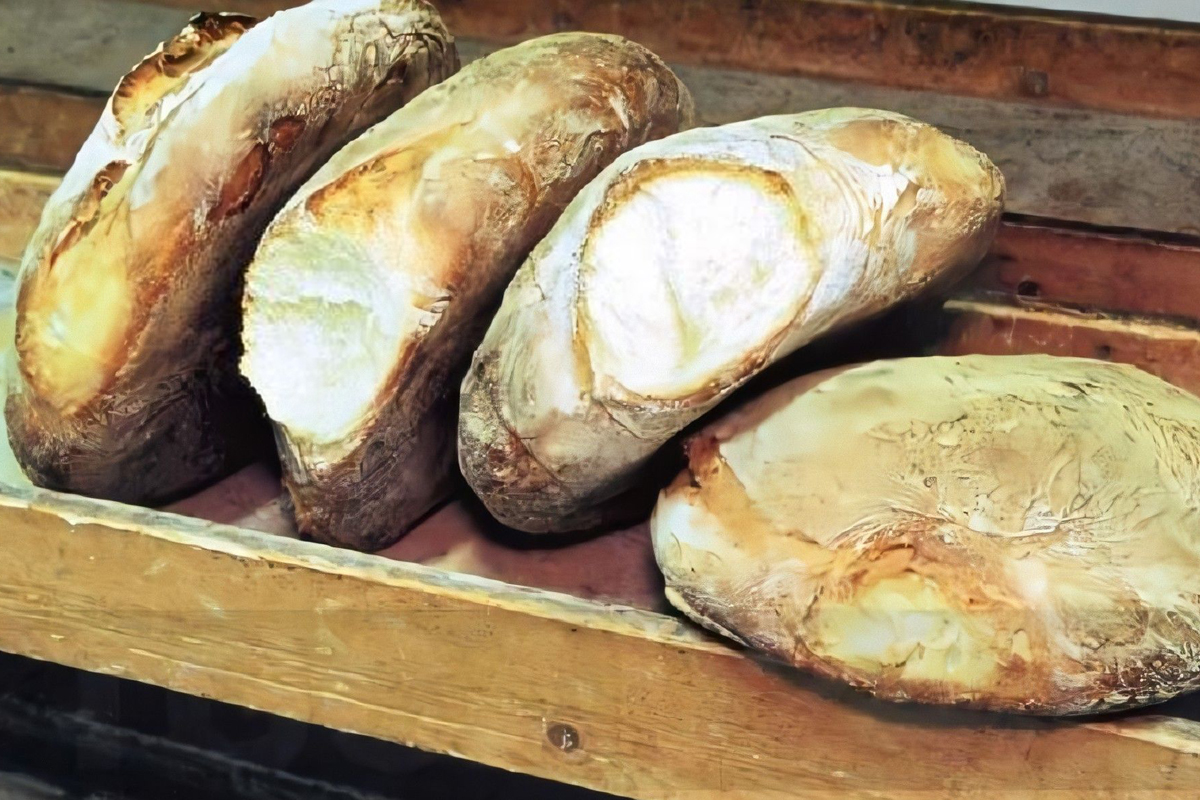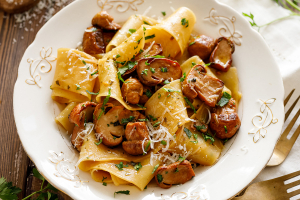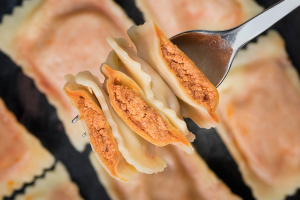Bread from Cuti, origins and characteristics

The Cuti bread is one of the typical products of Calabria which takes the name from the place where it is produced, specifically the Cuti district of Rogliano, a renowned village in the province of Cosenza.
The origins of the bread from Cuti
It has been baked for decades in accordance with the tradition of long leavening times, using only sourdough, known as "a ùavatina" in slang. It has a longer shelf life than classic baked bread, with a crunchy crust and a soft, fragrant crumb; its aroma is further enhanced by the aromatic notes of the chestnut wood used for baking.
According to tradition, once the dough has been prepared, Cuti bread rests in the madìa (a wooden container typical of Calabrian tradition) covered with a linen, cotton or wool cloth, depending on the season.
Cuti bread, appreciated throughout Italy
Cuti's bread owes its fame - recognised nationally thanks to several awards received - also to the type of wood-fired oven used, which is rigorously handmade according to the ancient techniques of the local master bricklayers, dating back to the early 18th century. One of the 'secrets' is that the building materials used include the special clay found in the vicinity of Cuti.
In Cuti, in addition to the tasty bread, other bakery products are made according to the traditional method, including focaccia, taralli and pitte with a unique flavour.





